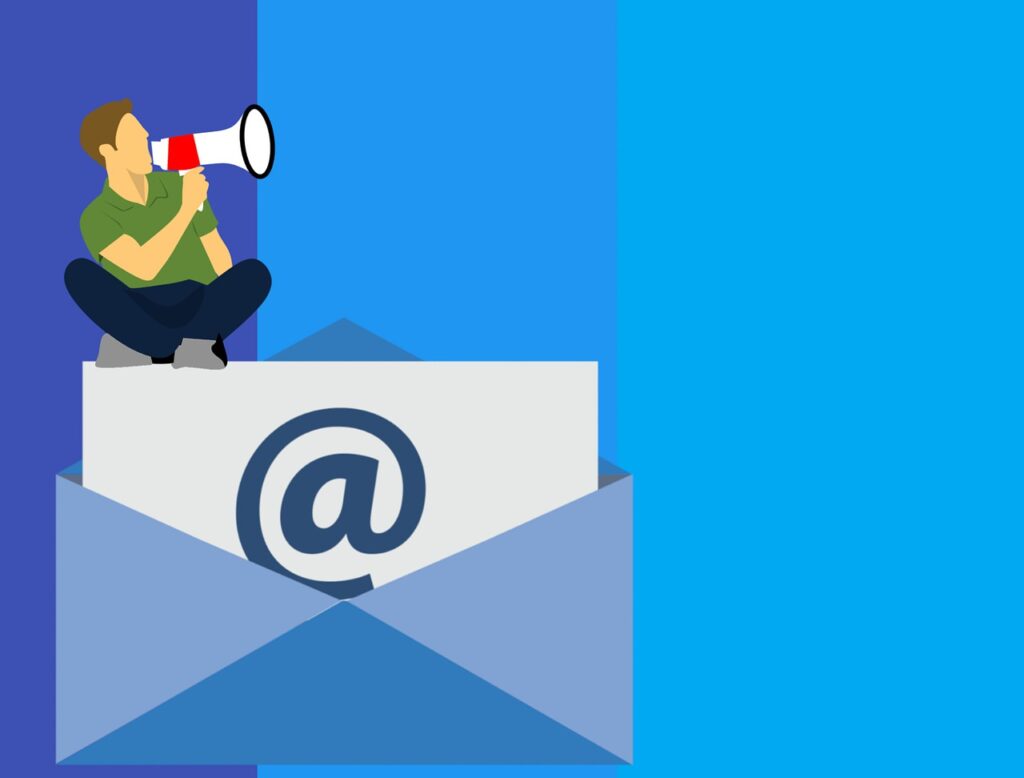
In only the last few years, email marketing has gone a long way. A well-written, plain-text email can outperform a professionally designed email with a plethora of bells and whistles.
In fact, regardless of how nice your marketing emails appear, if they lack in well-written content, your subscribers will stop opening and begin deleting your emails.
So, how can you design an effective marketing email?
It all boils down to a few copywriting best practices that you should use to both your message’s subject line and the message content itself.
The subject line is an important part of drafting great email text. It is your email’s gatekeeper: no one gets to read your fantastic email text if they aren’t intrigued enough to open it in the first place.
Here are useful tips to write great copy:
1- Use actionable language
Utilizing actionable language in email subject lines does not always imply using verbs, but it certainly helps. However, there are methods to employ actionable language without relying on verbs. It is giving you a greater leeway with wording. It all comes down to choosing language that clearly communicates to the receiver what they can do with the material in the email if they choose to read it. In other words, keep the user’s worth in mind at all times.
2- Personalize as much as possible
In a time where emails are becoming less personal and more spammy, it’s important to be able to write an email that can grab attention and compel the reader to take immediate action.
It’s important that you personalize the email when possible so it doesn’t seem like you’re blasting an automated generic message. Segmentation is key in order to show your audience that you care about them by personalizing their experience.
Use your prospect’s first name or company name when you can in order to generate a sense of familiarity with them, and make it seem like they’re getting a personal message from you instead of just another promotional email.
3- Establish relevancy
It requires more than a catchy subject line to persuade readers that what’s within your message is important to them.
So, at the very start of the email, describe how you know each other.
Think of the most urgent question the reader has and try to answer it in your opening paragraph. Asking the right people the right questions will establish relevancy and intimacy with your customers.
Always include a call-to-action button for those who are interested in hearing more or getting help with their problem.
4- Write in the second person
Writing in the second person requires the pronouns “you,” “your,” and “yours.”
It signifies you’re writing for the reader, not for yourself.
That’s a wonderful blend of second person language that maintains the attention on the customer rather than the brand.
This is a subtle strategy that helps you stay value-oriented, but the following step you’re going to discuss is critical to making the point.
5- Talk about benefits rather than features
You know the value of your email. But what about your recipient? not yet. It’s your job to explain it. The problem is that many emails just explain the features they offer, not the benefits.
To effectively write about benefits rather than features, you need to get to the bottom of your customers’ minds. What are you worrying about when you want to sleep? How do you want to feel when you look in the mirror? What would make your life easier, happier, and more meaningful?
Features are usually technical in nature and describe the functionality of a product or service. On the other hand, benefits provide the prospect with a successful picture of how you will change his life in some way.
6- Be brief
One of the worst mistakes email writers make is trying to fit an entire story into an email. Keep this in mind when you open marketing emails in your inbox. Have you read every word in it? maybe not. You are more likely to look for key points in order to get the overall picture and decide whether to take action. So when you send an email with hundreds of words, it’s hard for recipients to decide whether to click – simply because they can’t quickly scan all the information in your email. Instead, find a way to summarize what your readers are getting at in a compelling way, and get them to click through to pages on your site for more information.
Sometimes, we’re just too close to our own product or service to market it effectively, or we’re just too busy.
In either case, consider hiring a digital marketing agency like KJ Web Office to help you out.
